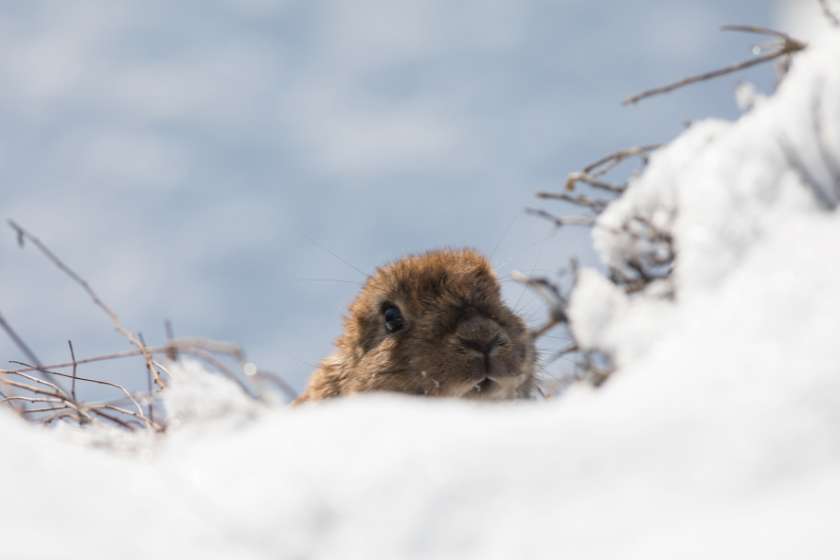Discover the Fascinating History and Significance Behind This Quirky Tradition

Groundhog Day, a beloved tradition that blends folklore, meteorology, and community spirit, will take place on Sunday, February 2, 2025. This annual event has captivated generations with its whimsical charm and curious predictions about the arrival of spring. But what exactly is Groundhog Day, and why does it hold such a special place in American culture? Let’s delve into the origins, significance, and ways to celebrate this unique holiday.
What Is Groundhog Day? A Brief Overview
Groundhog Day is an age-old tradition observed in the United States and Canada, where a groundhog—a small, burrowing animal—predicts the weather for the coming weeks. According to folklore, if the groundhog emerges from its burrow on February 2 and sees its shadow, there will be six more weeks of winter. However, if it does not see its shadow, spring will arrive early.
This seemingly whimsical practice is steeped in history and cultural significance. While it may not hold scientific merit, Groundhog Day is a delightful way for communities to connect and celebrate the changing seasons.
The Origins of Groundhog Day: Where It All Began
The roots of Groundhog Day can be traced back to ancient European traditions. In Germany, people celebrated Candlemas, a Christian holiday marking the midpoint between winter and spring. Candlemas included a weather-related superstition: if the day was sunny and clear, the harsh winter weather would persist.
When German immigrants settled in Pennsylvania in the 18th and 19th centuries, they brought this tradition with them. The groundhog, abundant in the region, replaced the European hedgehog as the central figure of this folklore. In 1887, the first official Groundhog Day celebration took place in Punxsutawney, Pennsylvania, cementing the groundhog’s role as a weather prognosticator.
Why Is Groundhog Day Important?
While Groundhog Day may seem lighthearted, it holds cultural and symbolic importance. The holiday serves as a marker of seasonal transition, bridging the gap between winter and spring. It also highlights the human desire to seek signs and patterns in nature.
Moreover, Groundhog Day fosters community spirit. Events like the one in Punxsutawney attract thousands of visitors each year, contributing to local tourism and creating a shared sense of tradition. The celebration has even gained international recognition, thanks in part to the 1993 film Groundhog Day, which added a philosophical dimension to the holiday.
How Is Groundhog Day Celebrated Today?
Groundhog Day celebrations range from simple gatherings to elaborate festivals. The most famous event occurs in Punxsutawney, Pennsylvania, where a groundhog named Punxsutawney Phil makes his annual prediction. The ceremony, held at Gobbler’s Knob, features speeches, music, and a festive atmosphere.
Beyond Punxsutawney, other towns have adopted their own groundhog mascots. For instance, Staten Island Chuck in New York and Wiarton Willie in Canada offer their predictions, adding regional flair to the tradition.
For many, Groundhog Day is also a time to enjoy winter activities, such as sledding, ice skating, or cozying up indoors with friends and family. Whether you’re attending a formal event or watching the festivities online, the holiday offers something for everyone.
Does Groundhog Day Hold Any Scientific Credibility?
While Groundhog Day is rooted in folklore rather than science, it does spark conversations about weather patterns and seasonal changes. Studies have shown that groundhog predictions are accurate about 39% of the time, making it more of a fun tradition than a reliable forecast.
However, the holiday’s value lies not in its accuracy but in its ability to bring people together and celebrate the natural world. It’s a reminder of the whimsical ways in which humans interact with nature and create meaning in their lives.
Recommendations for Celebrating Groundhog Day 2025
If you’re looking to make the most of Groundhog Day 2025, here are some ideas:
- Watch the Punxsutawney Event: Tune in to the live broadcast of Punxsutawney Phil’s prediction. Visit the Punxsutawney Groundhog Club for more details.
- Learn About Weather Folklore: Explore the fascinating history of weather-related superstitions and their cultural significance.
- Visit a Local Celebration: Check if your town or city hosts its own Groundhog Day event.
- Engage Kids with Crafts and Activities: Create groundhog-themed crafts or read stories about the holiday to involve children.
- Plan a Winter Adventure: Use the day as an excuse to enjoy winter activities like skiing, snowshoeing, or a scenic hike.
Conclusion
Groundhog Day 2025, falling on Sunday, February 2, is more than just a quirky holiday. It’s a celebration of tradition, community, and the human connection to nature. Whether or not Punxsutawney Phil’s prediction holds true, the spirit of the day is sure to brighten the winter season.
Find this and many more knowledge guides on Monkicon